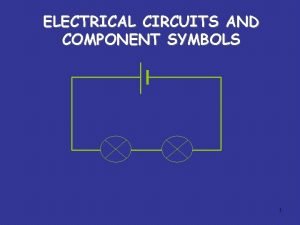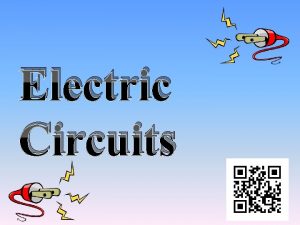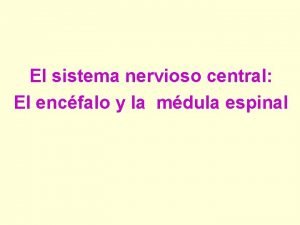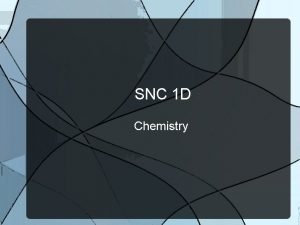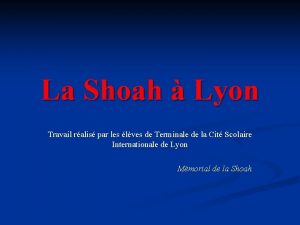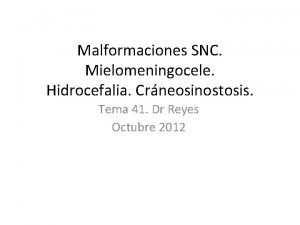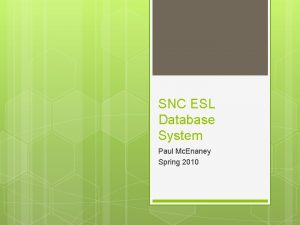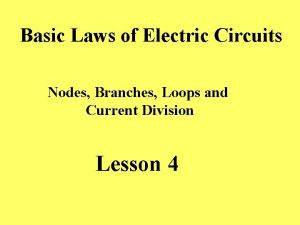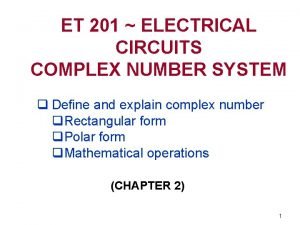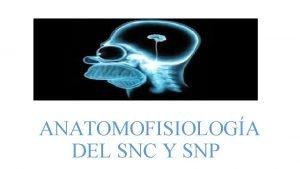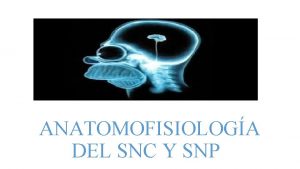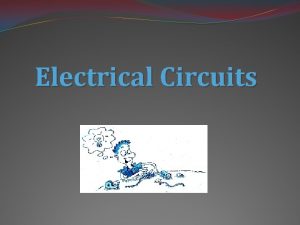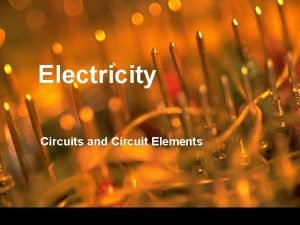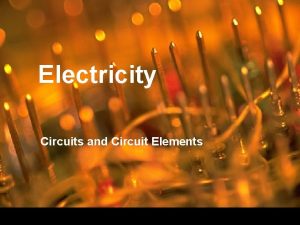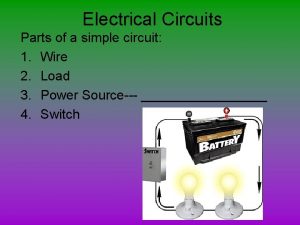SNC 1 D Electrical Circuits Circuit Parts Name












- Slides: 12

SNC 1 D: Electrical Circuits

Circuit Parts Name of Part Draw the Symbol Explain the Function Conducting Wire Allows electrons to flow Ground connection Provides a path for electrons to flow to or from the Earth Cell Supplies electrical energy 3 Cell Battery Larger battery!

Motor Switch Fuse Resistor Ammeter Voltmeter Converts electrical energy into kinetic energy (movement) Controls if the current is complete Safety feature to prevent electrical fires Restricts the flow of electrons Measures current in amperes, connected in series Measures potential difference (voltage); connected in parallel

Light Bulb Converts electrical energy into thermal energy (light!) Wires Joined Joining of two or more conducting wires

Electrical Energy • The energy that is provided by the flow of electrons in an electrical circuit • It is measured in joules (J) or kilojoules (k. J) • Electrical energy is required to do work (recall: work is the process of converting one form of energy into another)

Sources of Electrical Energy – Electric Cells • A portable device that converts chemical energy into electrical energy • Aka a battery • Consists of two electrodes in a conducting solution called an electrolyte • Electrons are repelled from negative end attracted to the positive end

Electric Cells Continued • Primary cells: electric cells that cannot be recharged because the chemical reaction that produced the flow of electrons cannot be reversed • Shelf life of 5 years if not used • Secondary cells: electrical cells that can be recharged and reused many times • Shelf life of 6 months – 1 year

Fuel Cells • Special kind of electric cells where a continuous supply of chemicals are pumped through the cell • Ex. Hydrogen fuel cell

Forms of Current Electricity – Direct Current (DC) • Electrons flow in one direction • Produced by electric cells (ex a battery) • Used to power portable devices

Forms of Current Electricity – Alternating Current (AC) • Electrons move back and forth, alternating their direction • Produced by generators at electrical generating stations • More efficient method of distributing electrical current • Wall outlets provide AC

Generating Electricity does not exist as a primary form of energy, it is produced when one type of energy is converted into electrical energy Electrical energy is special because it can be stored and transported over long distances. Energy can be converted back into other forms of energy (ex thermal, or kinetic).

Method of Electricity Generation 1. 2. 3. 4. External energy source is harnessed (ex. Water, wind) Energy spins turbines that is attached to a magnet When generator rotates the electrons flow (electricity!) Electrons are carried to transmission lines and eventually into your homes
